Type Pastry | ||
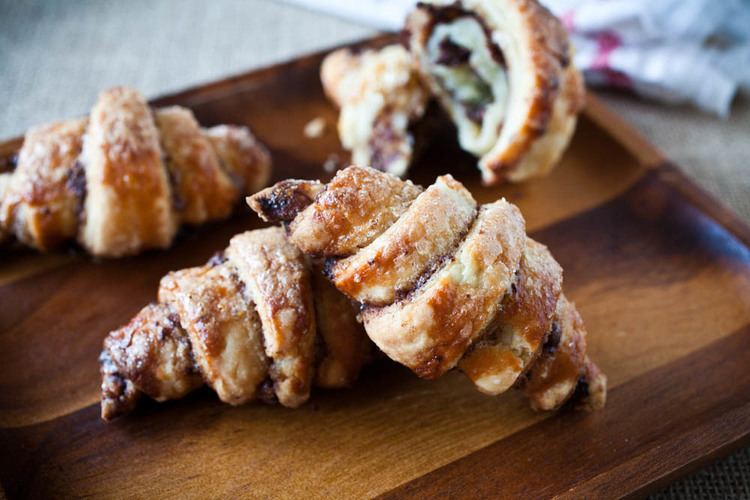 | ||
Region or state Israel and Jewish (Central Europe). Main ingredients Dough: sour cream or cream cheese
Filling: any of raisins, walnuts, cinnamon, chocolate, marzipan, poppy seed, or fruit preserves Similar Dessert, Hamantash, Babka, Kugel, Challah | ||
Rugelach recipe laura vitale laura in the kitchen episode 848
Rugelach (/ˈruːɡələx/; ROO-ge-lahkh; Yiddish: רוגעלך and Hebrew: רוגלך), other spellings: rugelakh, rugulach, rugalach, ruggalach, rogelach (all plural), rugalah, rugulah, rugala, roogala (singular), is a Jewish pastry of Ashkenazic origin. It is very popular in Israel, commonly found in most cafes and bakeries. It is also a popular treat among American and European Jews.
Contents
- Rugelach recipe laura vitale laura in the kitchen episode 848
- How to make chocolate rugelach a favorite jewish pastry
- Etymology
- Ingredients
- References
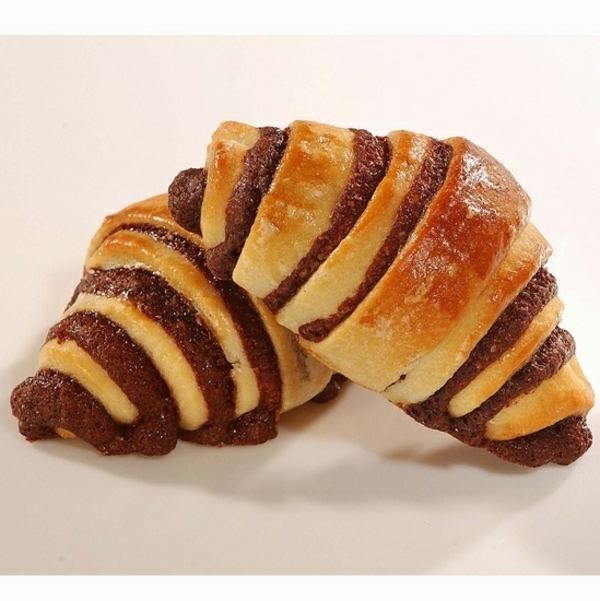
Traditional rugelach are made in the form of a crescent by rolling a triangle of dough around a filling. Some sources state that the rugelach and the French croissant share a common Viennese ancestor, crescent-shaped pastries commemorating the lifting of the Turkish siege, possibly a reference to the Battle of Vienna in 1683. This appears to be an urban legend however, as both the rugelach and its supposed ancestor, the Kipferl, pre-date the Early Modern era, while the croissant in its modern form did not originate earlier than the 19th century (see viennoiserie). This leads many to believe that the croissant is simply a descendant of one of these two.
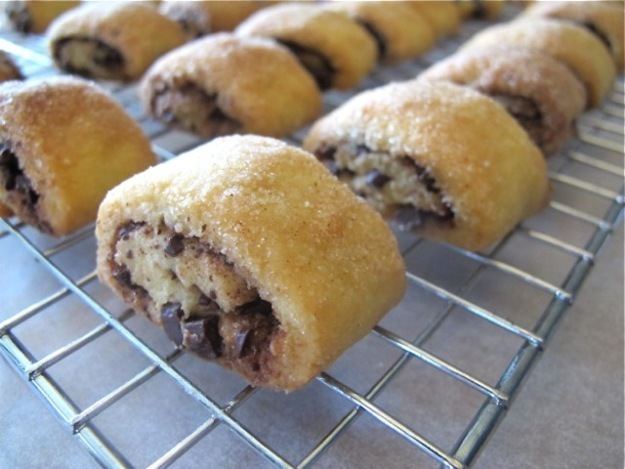
An alternative form is constructed much like a strudel or nut roll, but unlike those, the rolled dough and filling are cut into slices before baking.
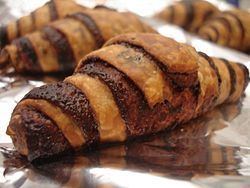
How to make chocolate rugelach a favorite jewish pastry
Etymology
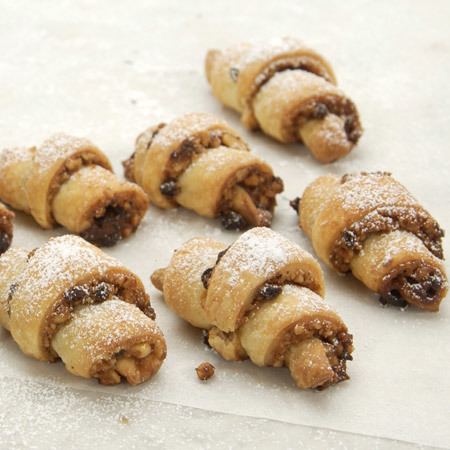
The name is Yiddish, the Jewish language of eastern Europe. The ach ending (ך) indicates plural, while the el (ל) can be a diminutive, as, for example, shtetlekh (שטעטלעך, villages) is the plural of shtetl (שטעטל, village), the diminutive of shtot (שטאָט, town). In this case, the root means something like "twist" so the translation would be "little twists," a reference to the shape of this cookie. In this context, note that rog (ראָג) means "corner" in Yiddish,. In Polish, which influenced (and was in turn influenced by) Yiddish, "róg" can mean "corner", but can also means "horn"—both the kind on an animal and the musical kind. Croissant-shaped pastries, which look like horns, are called in Polish "rogale" pl:Rogal świętomarciński. That word is almost identical in pronunciation and meaning to the Yiddish "rugelach".
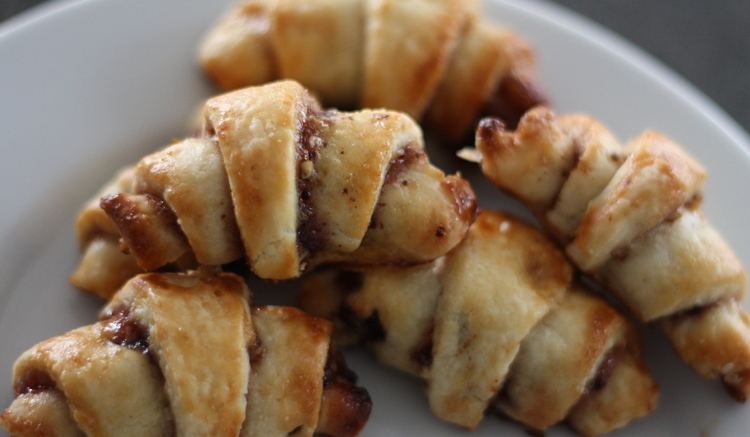
Alternatively, some assert that the root is rugel, meaning royal, possibly a reference to the taste. This explanation is in conflict with Yiddish usage, where the word keniglich (קעניגליךּ) is the dominant word meaning royal.

Finally, in modern Hebrew, they are known as roglìt (רוֹגְלִית), a postbiblical Hebrew word meaning "trailing vines", though the name rugelach (רוגלך) is still commonly used by Hebrew speakers. The Yiddish word ruglach probably came first. The modern Hebrew is probably a neologism, chosen for its similarity to the Yiddish and its descriptive meaning.
Ingredients
Rugelach can be made with sour cream or cream cheese doughs, but there are also pareve variants with no dairy ingredients, so that it can be eaten with or after a meat meal and still be kosher. Cream cheese doughs are the most recent, probably American innovations, while yeast leavened and sour cream doughs are much older.
The different fillings can include raisins, walnuts, cinnamon, chocolate, marzipan, poppy seed, or fruit preserves which are rolled up inside.
Rugelach closely resemble schnecken, an eastern European (Poland, Russia, Ukraine) Jewish pastry that generally has cream cheese dough and is rolled into a cylinder and sliced, becoming a flat spiral, whereas rugelach are formed from individual triangles of dough and rolled into a crescent shape. In recent years, chefs have introduced savory versions of these pastries, filled with chicken and schmaltz or salmon and boursin cheese.
